150th Anniversary of London Underground
- Published
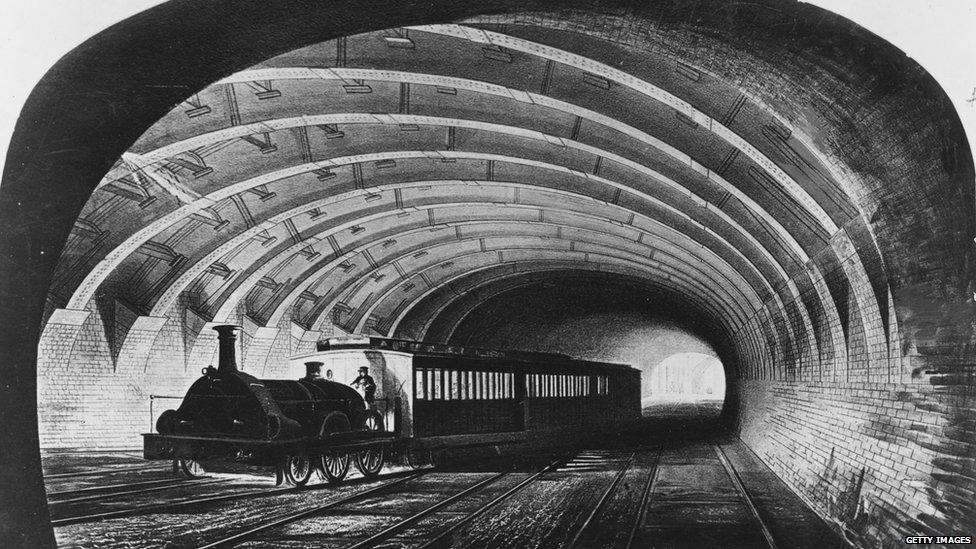
On 9 January 1863, the world’s first underground train pulled out of Paddington station to make the first passenger journey - around three and a half miles to Farringdon, travelling underneath the streets of London.
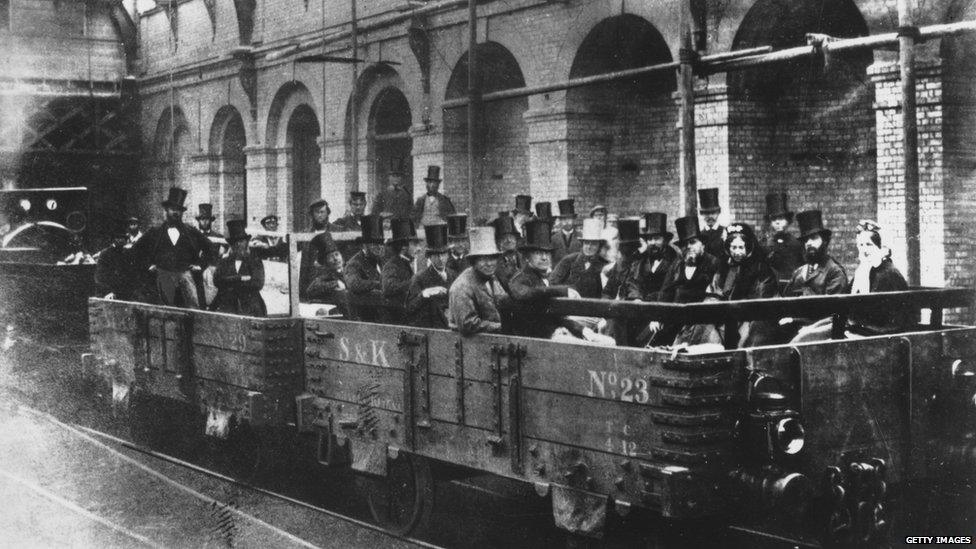
The original Underground line was built by the Metropolitan Railway, a private company which had been formed in 1854. The aim was to link up the main London stations at Paddington, Euston and King’s Cross with the city centre and business district. This photo shows Chancellor of the Exchequer William Gladstone inspecting the line with directors and engineers of the Metropolitan Railway Company.
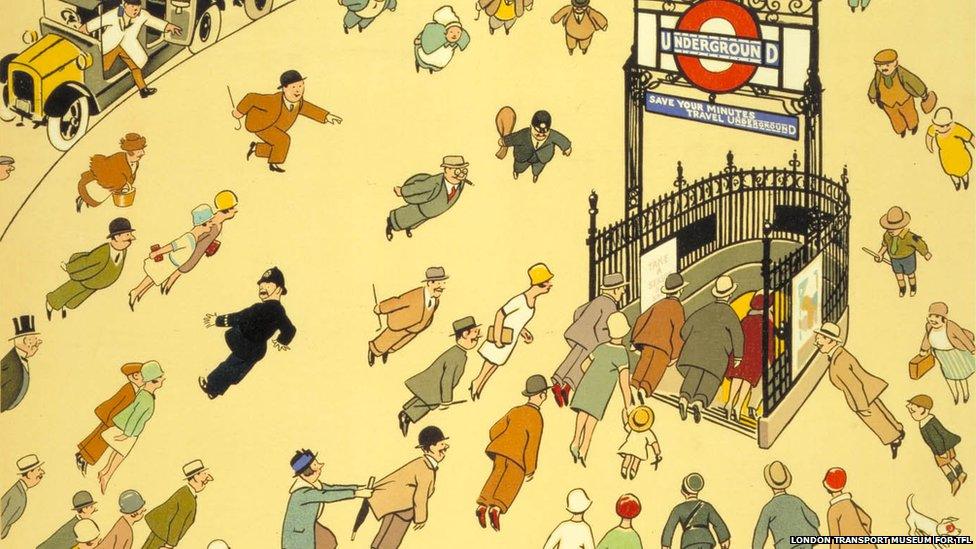
Travelling on the new railway was a really exciting prospect for Londoners and long queues formed at every station. By 1900, the network of lines was expanding with different companies getting involved using different names. Rail bosses decided they needed to bring everything together under one name. The famous red circular logo began being used at stations in 1908 and the network came to be known as the Underground, or simply the Tube.

The famous tube map was thought up by English engineering draughtsman Harry C. Beck in 1931. He based his design on an electrical circuit instead of mapping the tube lines geographically. In 1933 the Underground agreed to test out his design and printed 750,000 copies of the simple map. It quickly became very popular in London and the idea was copied around the world.
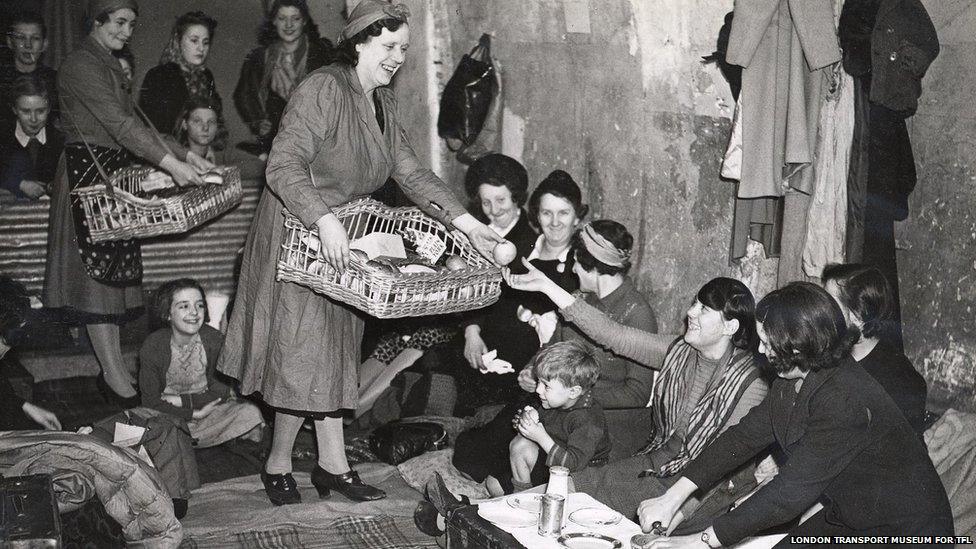
The Tube hasn't always been used just as a mode of travel. During the Second World War its tunnels were used for a variety of purposes, including as shelters. People spent many nights sleeping on tube station platforms to escape the bombs that were falling on London above.
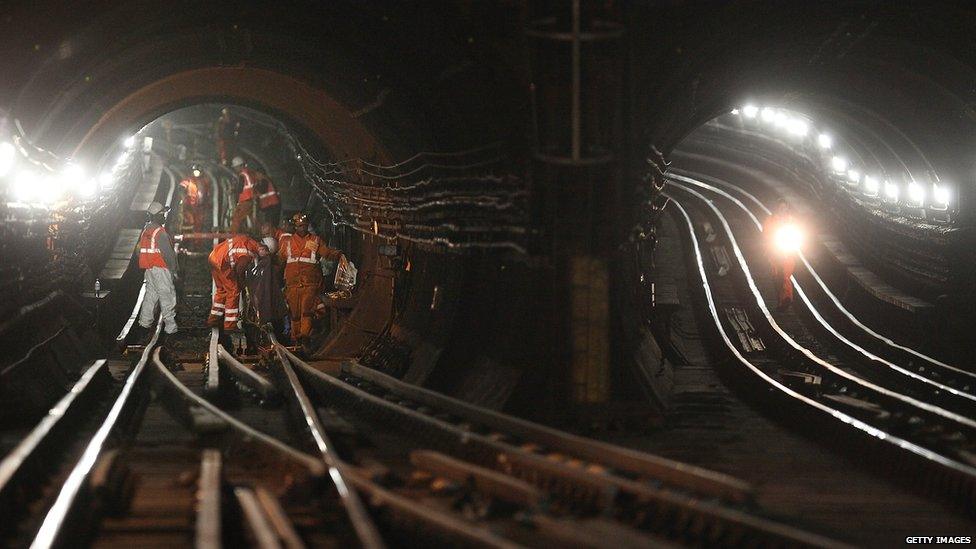
Today, the tube network has eleven lines connecting all areas of London and its surrounding suburbs. As the world's oldest underground railway it needs to be constantly maintained by engineers, and is currently undergoing a multi-billion pound upgrade programme to improve the track, signals and stations.
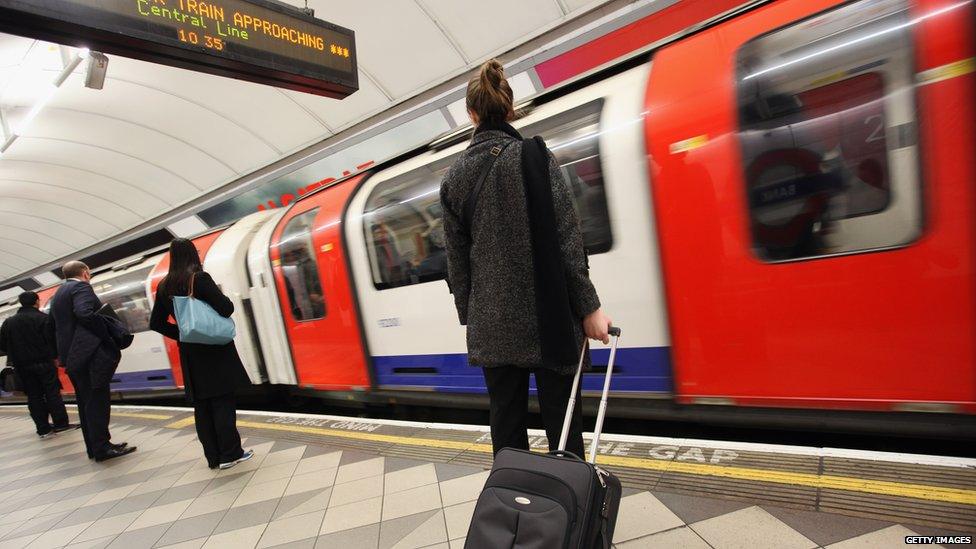
Things have changed a lot since 1863. Customers are now able to use a special card to tap in and out of stations and pay their fare, and can access the internet in stations. Three million passenger journeys are made every day, with trains serving 275 stations and over 408 km of railway.
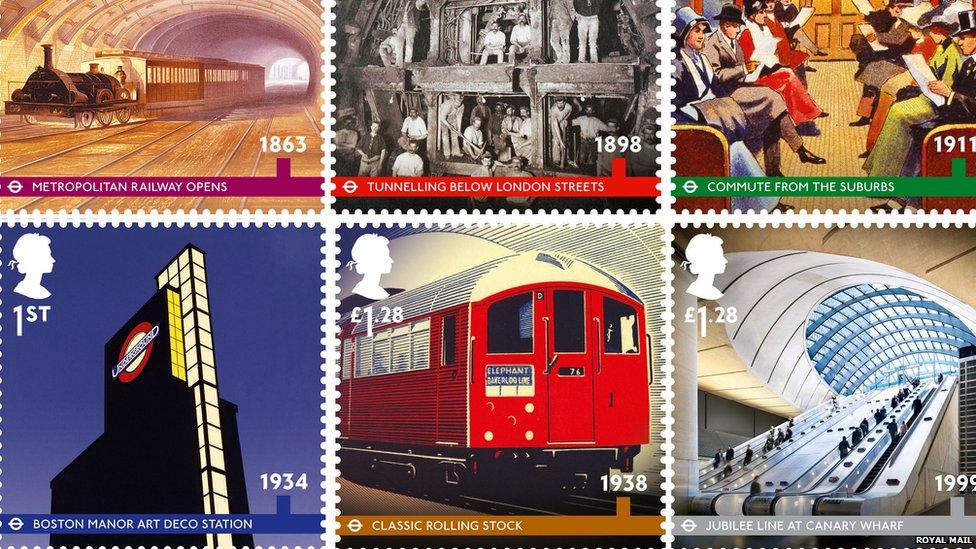
To celebrate the 150th anniversary, the Royal Mail has printed a set of commemorative stamps. A series of short stories and poems are also being published to mark the Tube's birthday and events will be taking place across the Underground line throughout the year.
